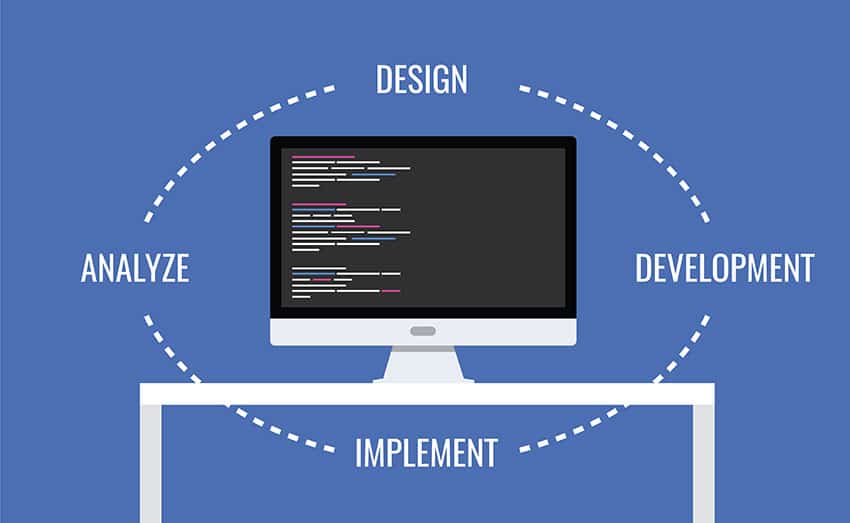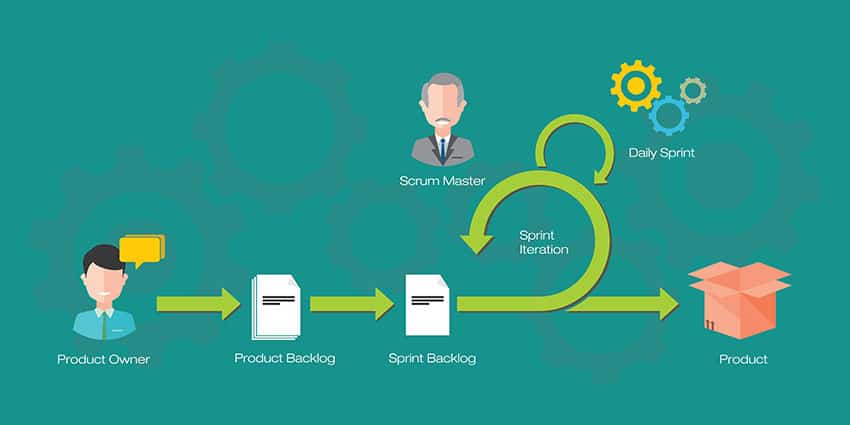As Lean managers, part of your responsibility to your organization is to observe the value each step in the production process and look for ways it can be improved.
Many Lean leaders create lofty continuous improvement plans attached to equally towering sets of goals. Unfortunately, studies over the past couple of decades show that upwards of 50 to 70 per cent of these plans fall short of successful implementation. They fail, sometimes miserably.
Why do these well-intended plans so often miss the mark? Here are a few common pitfalls that commonly plague continuous improvement plans.
Too Many Tools, Not Enough Thinking
The core of Lean leadership is adding to customer value while decreasing waste. That should be the driving force behind any Lean-centred organization, and any continuous improvement plan at that.
One of the issues that many continuous improvement plans face is that they include a number of Lean tools — think value stream mapping, makeready reduction, etc. — without enough focus on Lean thinking. Instead of completely leaning on (pun intended) tools that can help your organization make short-term gains, instead help your employees see their work through a Lean lens. Make sure they understand and can identify the wastes associated with Lean, how those wastes negatively affect that quality of your product or service and their associated cycle times.
This consistent application of Lean thinking across the organization can yield far better results than simply using these tools. Employees well-versed in Lean thinking can better apply these tools and help implement continuous improvement plans.
Lack of Training Resources
Getting employees to develop awareness of Lean principles and practices takes time and education. As previously mentioned, helping employees on every level of the food chain understand the tenets of Lean management and how they fit into your company’s strategy can be an invaluable way to help eliminate waste and weave continuous improvement into the company’s culture.
But Lean leaders must dedicate time and training to helping workers reach that level of understanding. And this is where many organizations fail — they refuse to dedicate the resources to training and ongoing coaching of their staff to encourage them to use Lean thinking.
Lack of Communication
Another obstacle many continuous improvement plans encounter is that organizations often work in silos (yes, even in purported Lean organizations). Silos often create communication barriers between various departments and management.
Communication is key when implementing any kind of improvement plan, but companies often offer up insufficient communication plans to ensure employees are brought up to speed. When it comes to improvement plans, communications should be clear, concise and regular to express expectations and set improvement milestones. It’s also integral to check in with employees involved in implementing your plan to communicate how they’re progressing and how their efforts fit into the improvement strategy.






